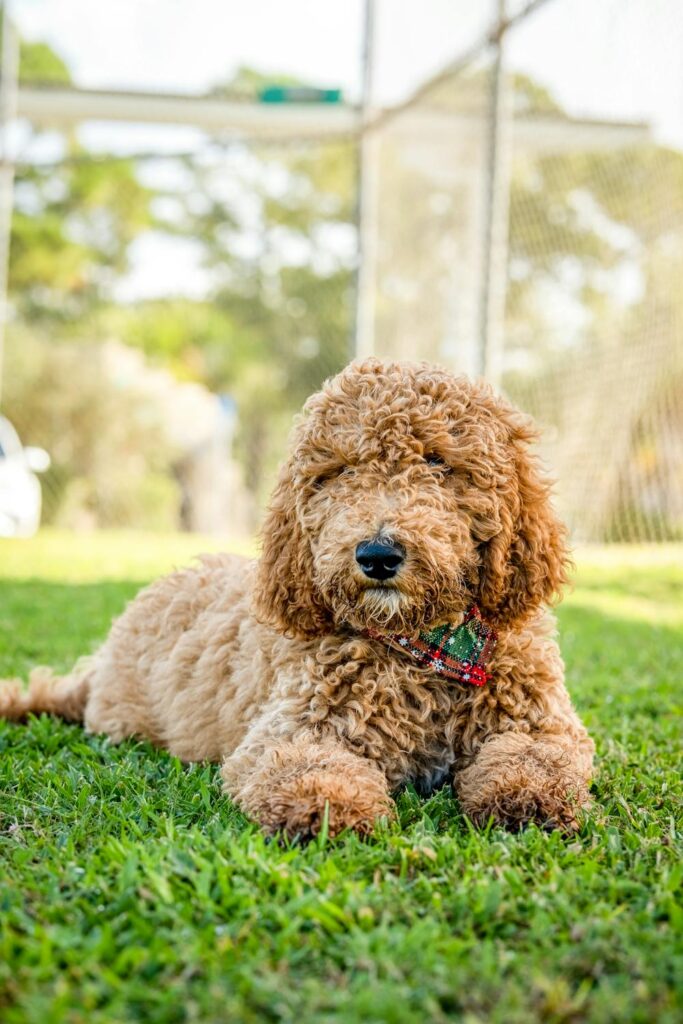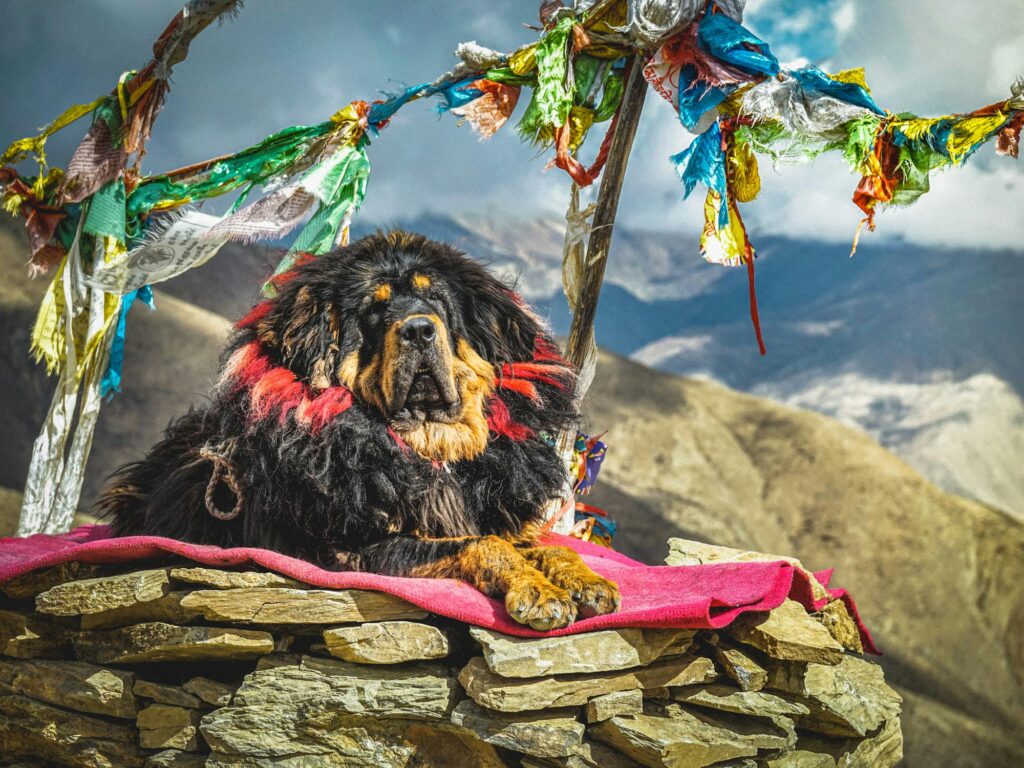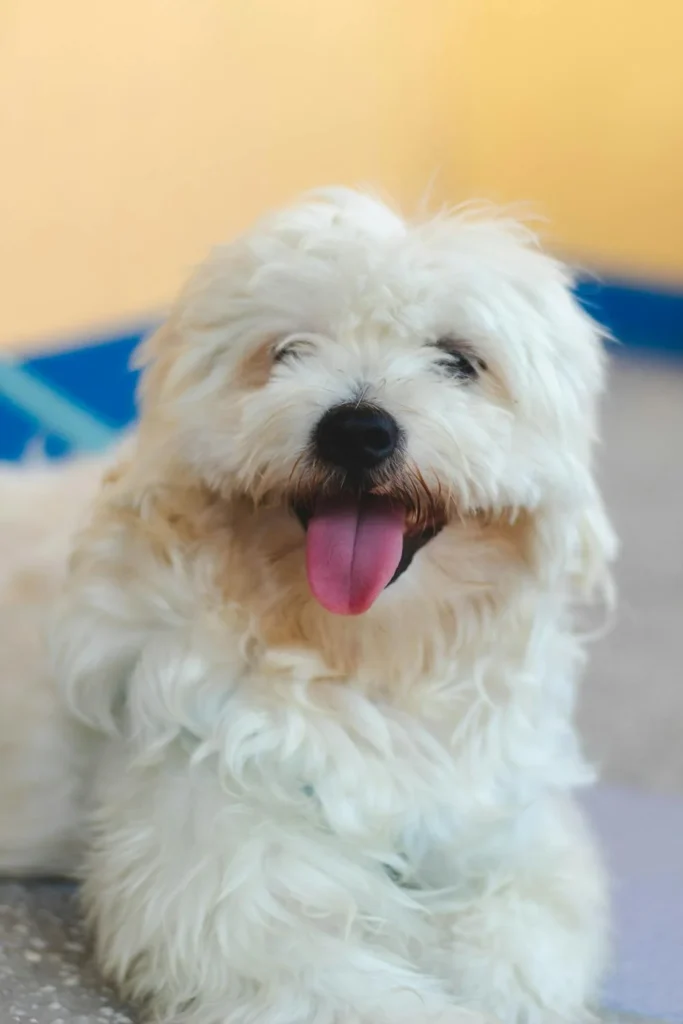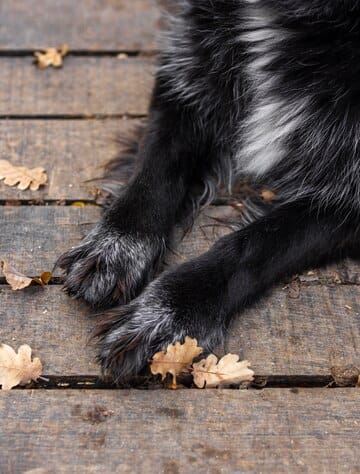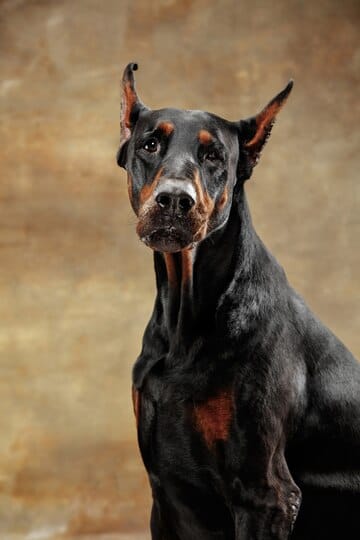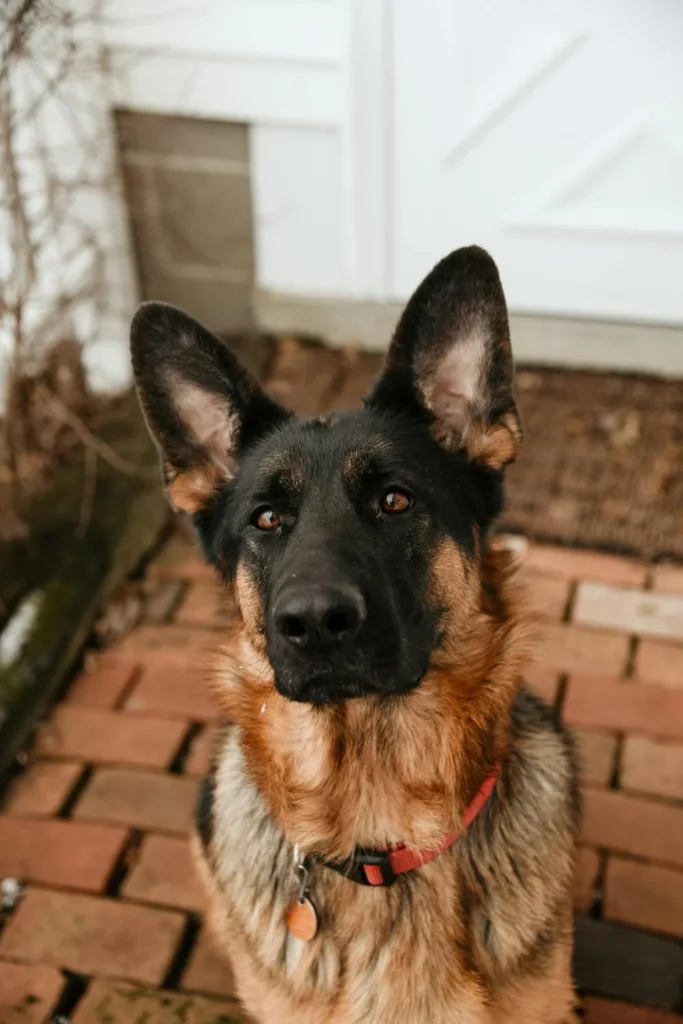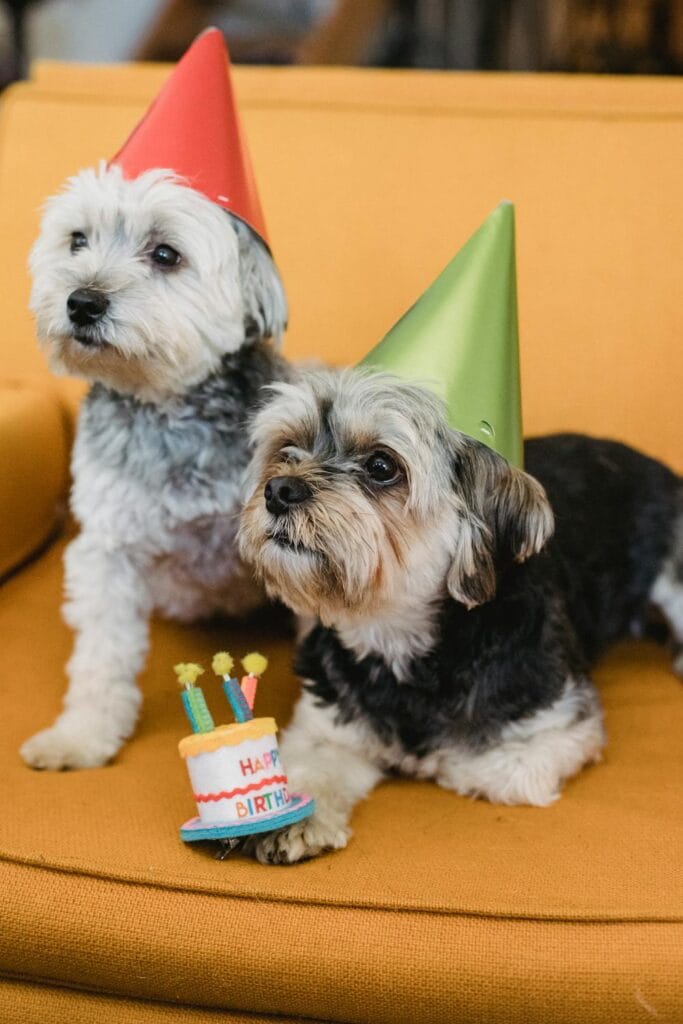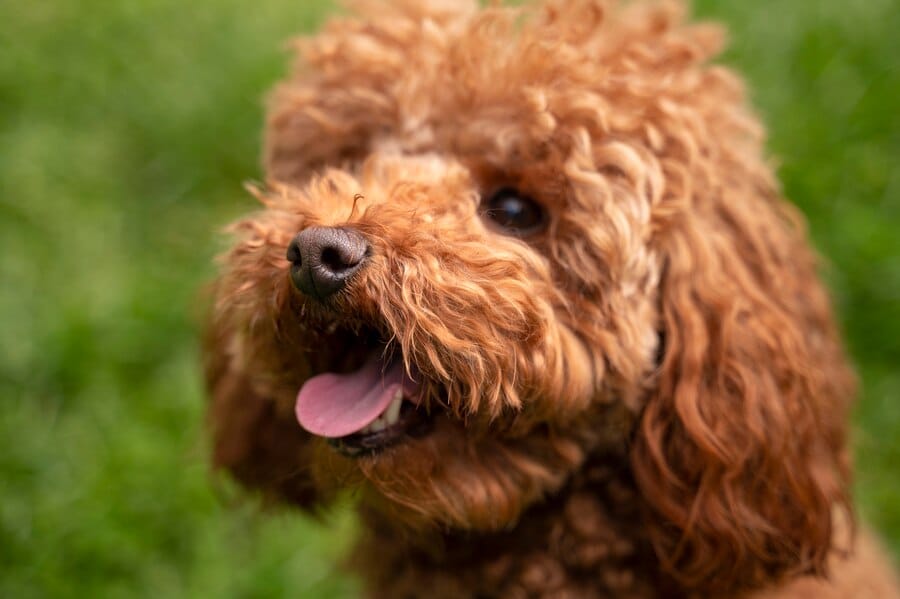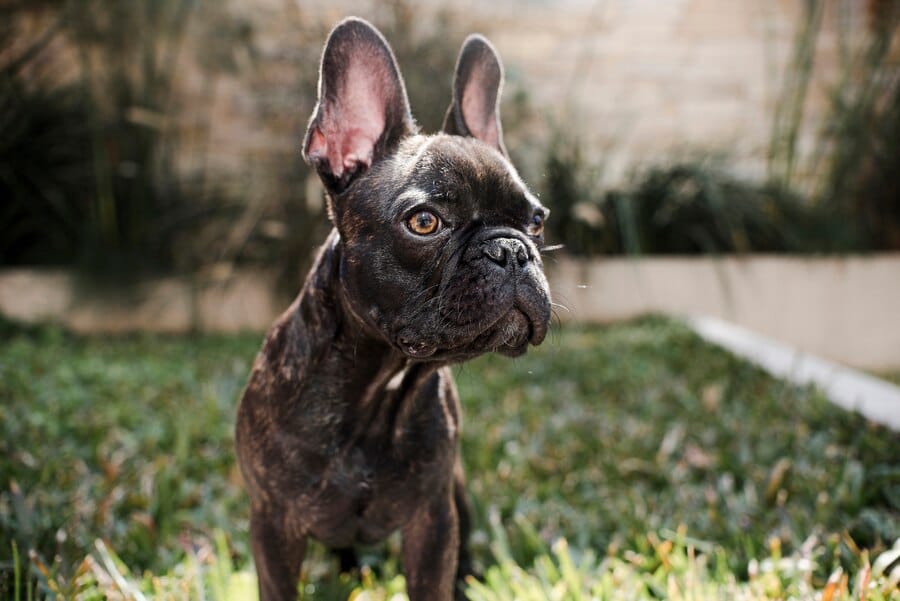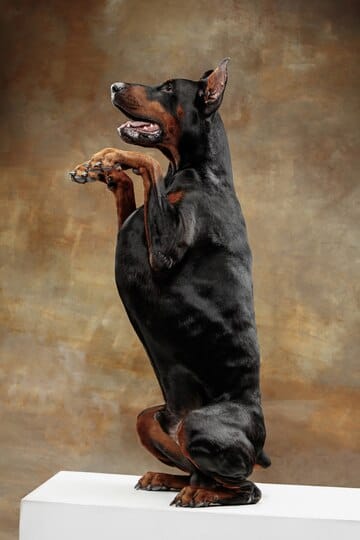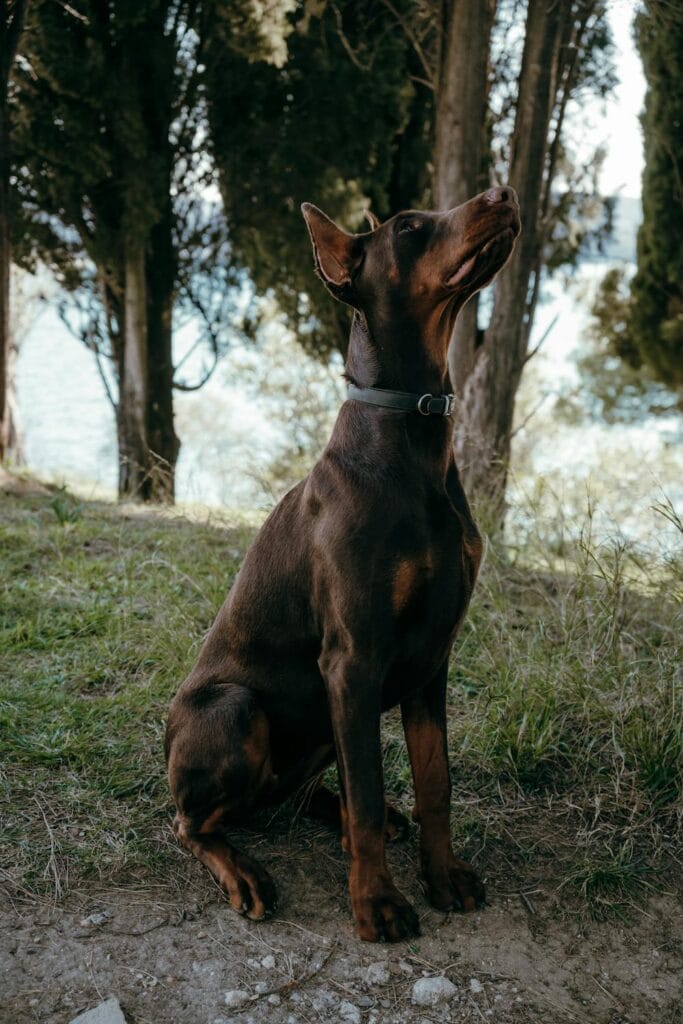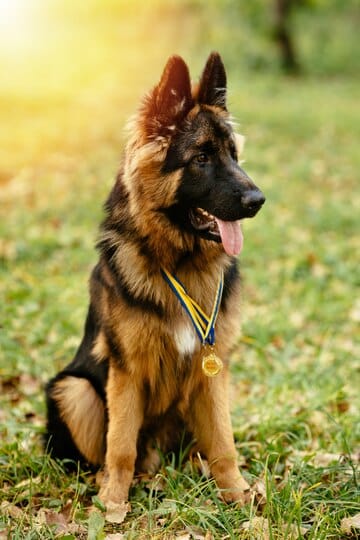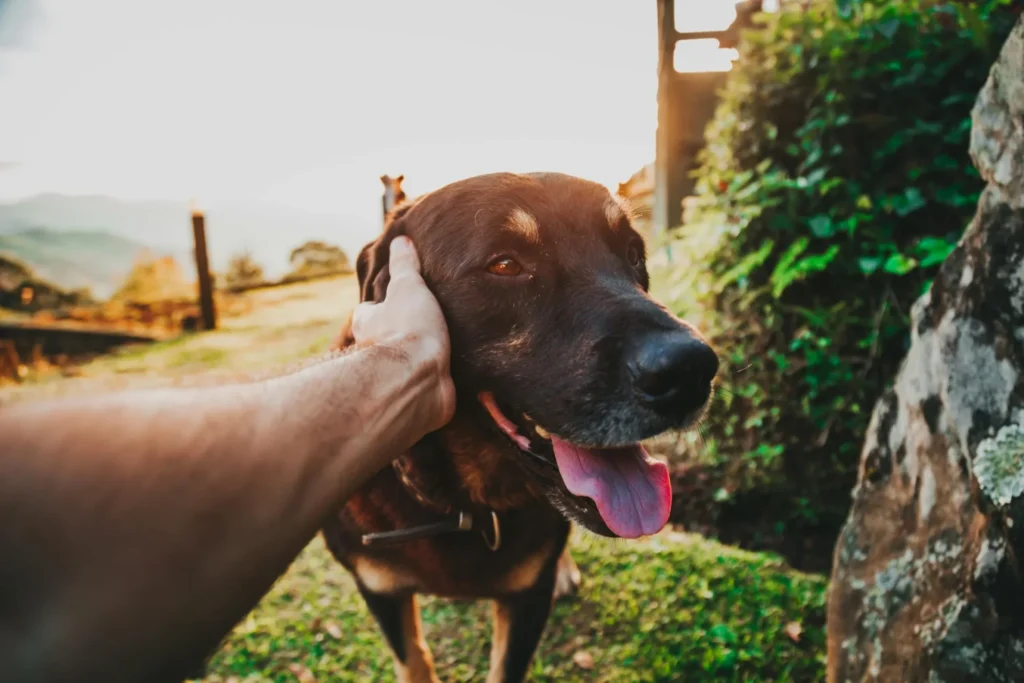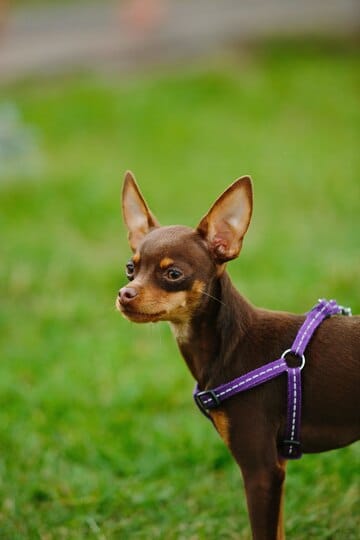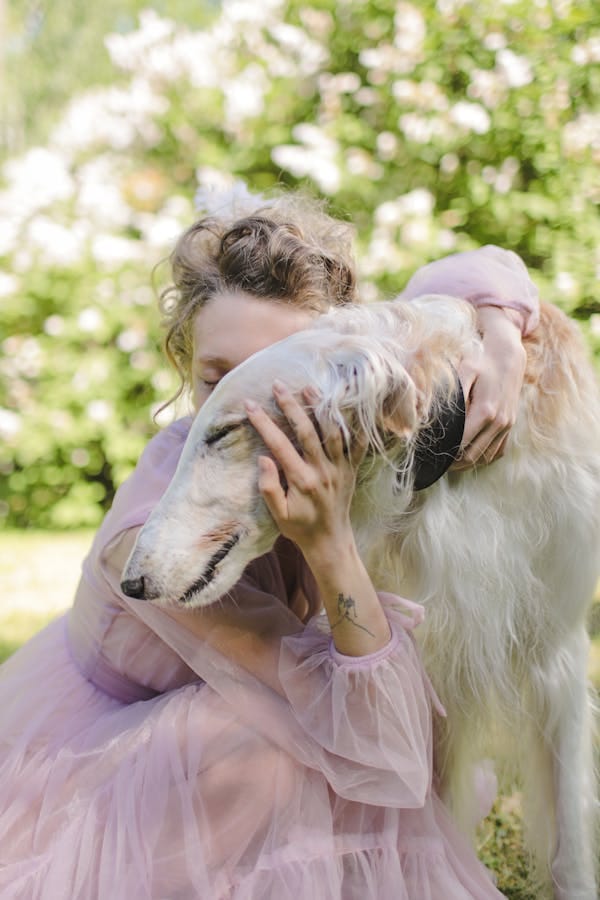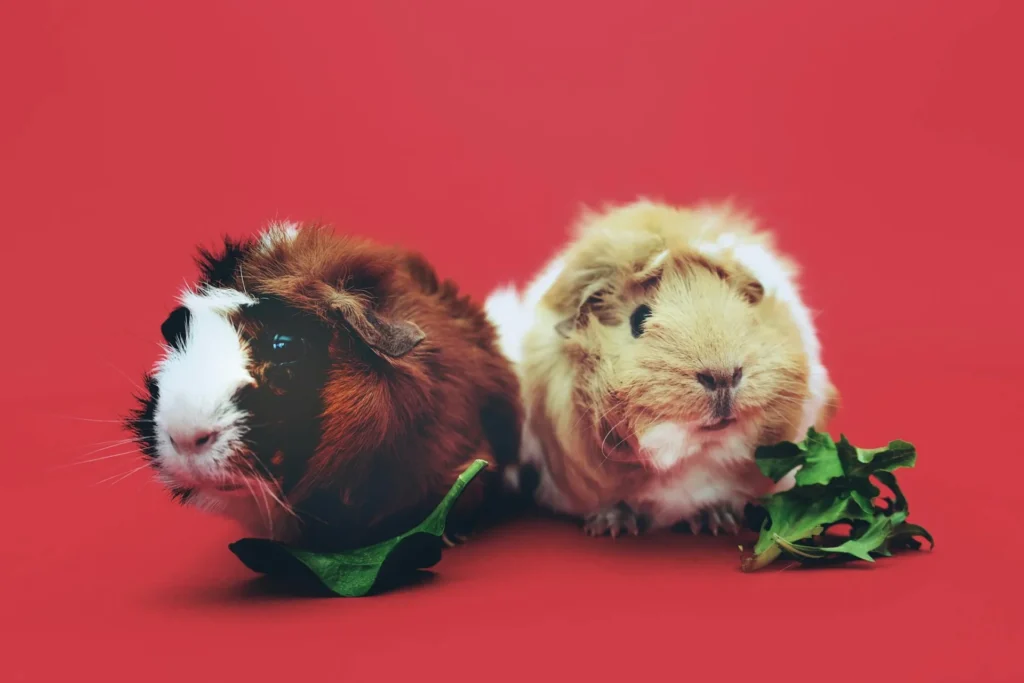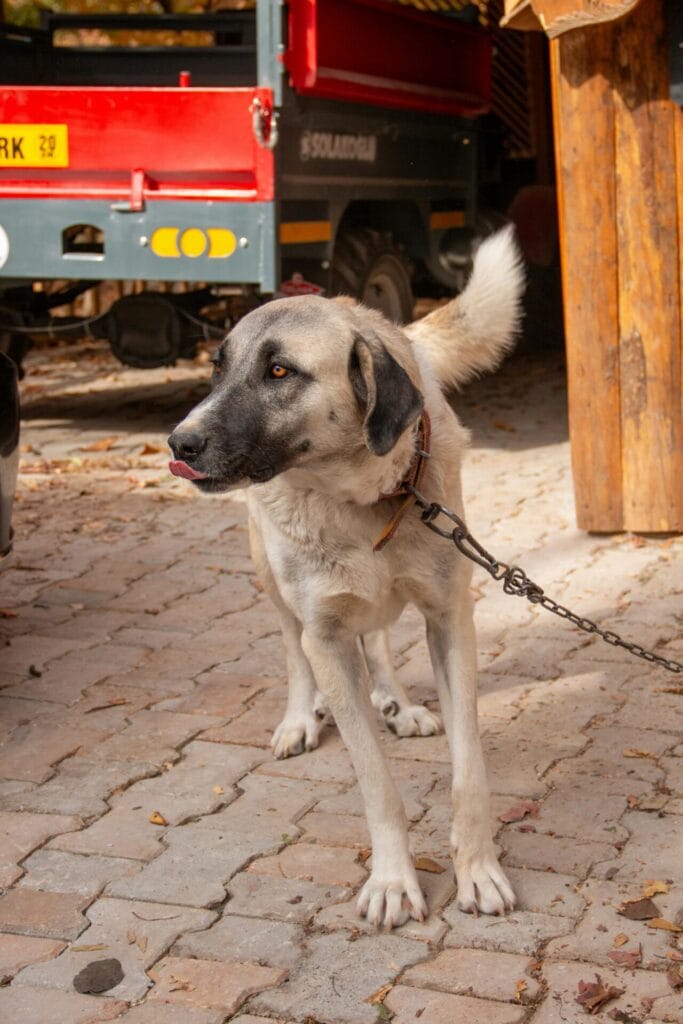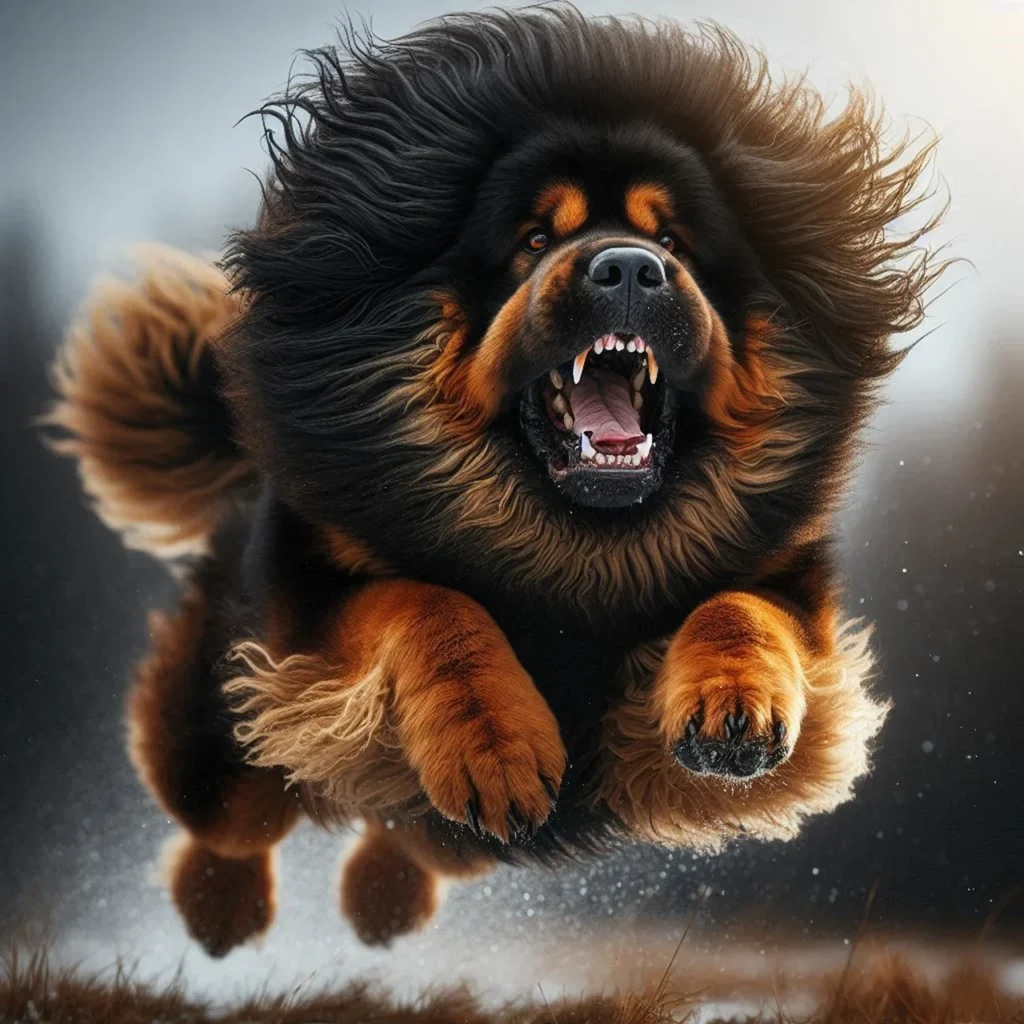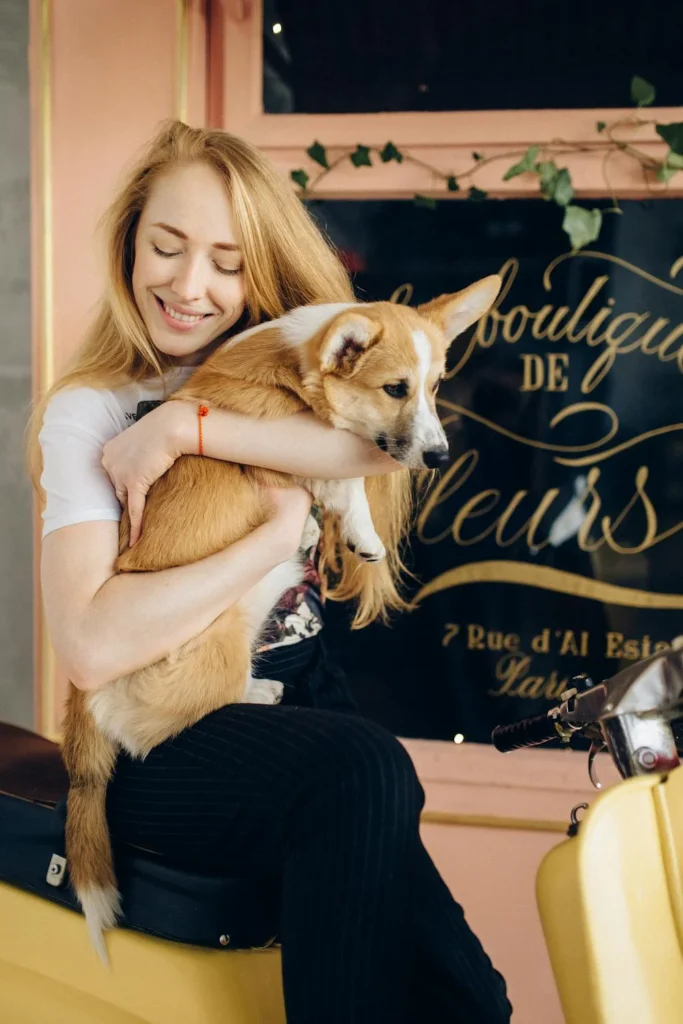- Meet the Pug: A Royal Rascal in a Compact Package
- From the Imperial Courts to Your Couch: The Pug’s Regal Roots
- Pug Perfection: Unboxing the Breed’s Unique Features
- The Pug Personality: A Heart as Big as Their Eyes
- Pug Palace: Creating the Perfect Pug Pad
- Pug Traits: A Breed Apart
- Pampering Your Pug: A Guide to Pug-fection
- Pug Health: Keeping Your Squishy-Faced Sidekick Shipshape
- The Pug Life Cycle: From Wrinkly Pup to Distinguished Senior
- Schnoodle vs. Pug: A Friendly Face-Off
- The Pug Rainbow: A Kaleidoscope of Colors
- Pug Personalities: Big Hearts in Small Packages
- The Pug Palace: Creating a Pug-tastic Home
- Pug Health: Keeping That Squishy Face in Top Shape
- Pug Care: Pampering Your Precious Pooch
- The Global Pug Phenomenon: From China to Your Couch
- Pugs in Pop Culture: From Paintings to Pixels
- The Economics of Pug Ownership: Investing in Love
- Training Your Pug: Brain Over Brawn
- The Great Outdoors: Pug-style
- Pug Health Chronicles: From Puppyhood to Golden Years
- The Global Pug Family: Clubs and Communities
- Pug-tastic Photo Ops: Capturing Your Pug’s Personality
- The Poodle Shed-ectomy: A Humorous Look at Hair Control
- Poodle Power: Why Their Coat Makes Them Super
- The Global Poodle: Shedding Light on International Trends
- The Future of Poodle Coats: Science and Speculation
- Conclusion: Embracing the Poodle Paradox
- FREQUENTLY ASKED QUESTIONS (FAQS)
- Are Pugs Hypoallergenic?
- Are Pugs Smart?
- Are Pugs Good Dogs?
- Are Pugs Good With Kids?
- Are Pugs Easy To Train?
- Are Pugs Aggressive?
- Are Puggles Hypoallergenic?
- Are Pugs Lazy?
- Can I Get Pug?
- Can Pugs Swim?
- Can Pugs Be Left Alone?
- Can Pugs Eat Bananas?
- Can Pugs Give Birth Naturally?
- Can Pugs Eat Apples?
- Can Pugs Breathe?
- Can Pugs Eyes Pop Out?
- Can Pugs Fly On Planes?
- Can Pugs Eat Oranges?
- Can Pugs Eat Strawberries?
- How Do Pugs Look Like?
- How Do Pugs See?
- How Do Pugs Breathe?
- How Do Pugs Sit?
- How Do Pugs Die?
- How Do Pugs Sleep?
- How Do Pugs Give Birth?
- How Pugs Were Made
- How Pugs Were Bred
- How Pugs Came To Be
- How Pugs Act
- Should I Get Pug?
- Should I Feed Pug?
- Should Pugs Be Bred?
- Should Pugs Exist?
- Should Pugs Wear Collars?
- Should Pugs Go Extinct?
- Should Pugs Be Banned?
- Should Pug Be Capitalized?
- Should Pugs Wear Coats?
- Should Pugs And Bulldogs Be Banned?
- Should Pugs Sleep In Your Bed?
- What Pugs Used To Look Like
- What Pugs Eat
- What Pugs Originally Looked Like
- What Pug Means
- What Pugs Look Like
- What Pugs Can’t Eat
- When Pugs Attack
- When Pug Stop Growing
- Where Are Pugs From
- Where Are Pugs Native To
- Where Are Pug Dogs From
- Where Are Pugs Banned
- Where Are Pugs Most Popular
- Where Are Pugs Originated
- What Nationality Are Pugs
- Where Pugs Come From
- Which Pugs Shed The Least
- Which Pug Is The Best
- Which Pug Are You Quiz
- Best Pug Colors
- Why Pugs Are Bad
- Why Pugs Are The Worst
- Why Pugs Are The Best
- Why Pugs Should Not Exist
- Why Pugs Are Ugly
- Why Pugs Were Bred
- Why Pugs Are Cute
Meet the Pug: A Royal Rascal in a Compact Package
Imagine a dog that combines the regality of ancient Chinese nobility with the comedic timing of a court jester. That’s exactly what you get with the Pug. This pint-sized powerhouse has charmed its way into hearts worldwide with its expressive face, playful spirit, and undeniable charisma.
From the Imperial Courts to Your Couch: The Pug’s Regal Roots
The Emperor’s Lapdog: Tracing the Pug’s Majestic Origins
The Pug’s history is as rich as its personality. These adorable canines first graced the laps of Chinese emperors during the Han dynasty (206 BC). They were so cherished that they were often guarded by soldiers. Talk about a VIPug!
Trading Silk for Fur: The Pug’s Global Journey
As trade routes opened, Pugs trotted their way to Europe. They became the darlings of royalty, from William III of England to Marie Antoinette. But the Pug’s true victory? Winning over the hearts of common folk everywhere.
Pug Perfection: Unboxing the Breed’s Unique Features
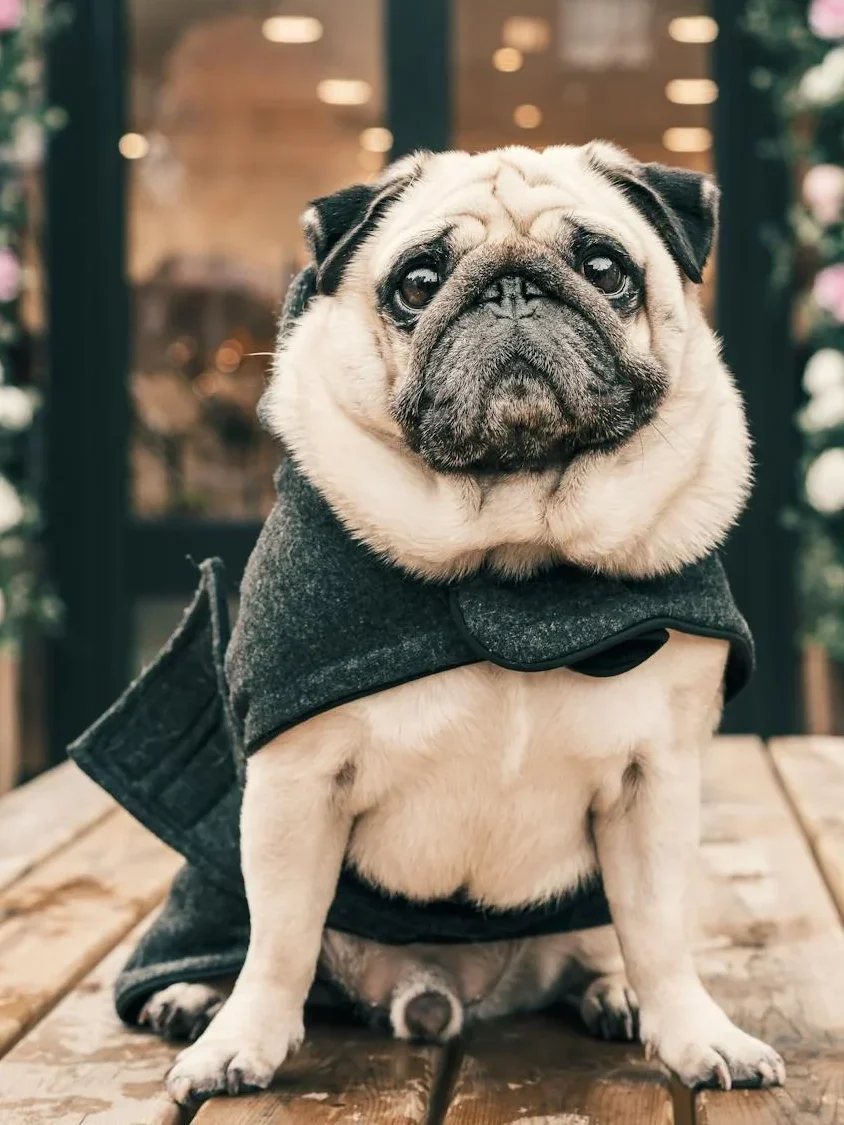
Face of a Thousand Emotions: The Pug’s Captivating Visage
One look at a Pug’s face, and you’re hooked. Those large, round eyes seem to hold the secrets of the universe. Their wrinkled brow can express joy, concern, or comedic dismay. And that squished nose? It’s not just cute; it’s a conversation starter!
Petite Powerhouse: Pug Size and Stature
Don’t let their small size fool you. How big do Pugs get? Typically, these compact canines stand 10-13 inches tall and weigh between 14-18 pounds. They’re sturdy little tanks, with a muscular build that belies their lapdog status.
The Pug’s Plush Coat: A Velvet Temptation
Pug coats are a tactile treat. Short, smooth, and glossy, they come in fawn, black, or more rarely, silver or apricot. And those black Pugs? They’re like living tuxedos, always dressed for an elegant evening in.
Grooming Your Pug: More Than Just a Pretty Face
Despite their short coat, Pugs shed. Oh boy, do they shed! But fear not. Regular brushing (2-3 times a week) keeps that shedding in check. Plus, those wrinkles need cleaning to prevent skin issues. It’s a small price to pay for such a big personality.
The Pug Personality: A Heart as Big as Their Eyes
From Clown to Cuddle Bug: The Pug’s Delightful Demeanor
The temperament of a Pug is their crowning glory. They’re often described as:
- Charming: They’ll win over the grumpiest of neighbors.
- Mischievous: Expect some comic relief in your daily routine.
- Affectionate: They love snuggles more than they love their next meal (and that’s saying something!).
- Even-tempered: They’re adaptable, making them great for first-time dog owners.
“My Pug, Otis, is like a mood ring. He knows when I need a laugh and when I need a cuddle. It’s like he can read my mind!” – Lucy, Pug mom
Pugs and Playtime: Energy in Small Doses
Don’t let their couch-potato reputation fool you. Pugs have bursts of playful energy. A couple of 15-minute play sessions a day, plus a short walk, will keep your Pug fit and prevent the dreaded “Pug loaf” (obesity).
Pugs and Pals: Social Butterflies
Pugs’ interaction with children is generally a heartwarming tale. They’re sturdy enough for gentle play and patient with tiny humans. However, always supervise to prevent accidental injuries.
As for other pets, Pugs are the diplomats of the dog world. They get along with everyone, from Great Danes to grumpy cats. Their philosophy? The more friends, the merrier!
Pug Palace: Creating the Perfect Pug Pad
City Slicker or Country Pug?
Pugs are the ultimate adaptors. They’re apartment-friendly, happy to lounge in your city studio. But give them a backyard, and they’ll entertain you with their goofy zoomies. The key is not space, but your presence.
The Velcro Dog: Understanding Pug Attachment
Pugs have a reputation for being “Velcro dogs.” They form intense bonds with their humans and can suffer from separation anxiety. Combat this with crate training, puzzle toys, and gradually increasing alone time. Your Pug’s emotional well-being is as important as their physical health.
Pug Traits: A Breed Apart
The Toy Group Trendsetter
Pugs are proud members of the Toy Group. But don’t let that fool you. They may be small, but they’ve got the big, brave heart of their Mastiff ancestors.
The Pug’s Vocal Range: From Snorts to Serenades
When it comes to the Pug’s barking level, it’s more accurate to talk about their snorting, snuffling, and wheezing levels! While they can bark, they’re more likely to communicate through an adorable array of grunts and snores. It’s like having your own personal symphony of snuffles!
The Pug Quirk Factor: Endearing Eccentricities
Pugs are full of charming quirks:
- Pug Races: Yes, it’s a thing! These comical events are more about waddling and crowd-pleasing than speed.
- Facial Expressions: Pugs have more facial muscles than humans, allowing for Oscar-worthy expressions.
- Pug Lean: A signature move where they lean against you, it’s their way of hugging.
Pampering Your Pug: A Guide to Pug-fection
The Pug Spa Experience: Grooming and More
Pug coats are low-maintenance but high-impact. They have a short, smooth, glossy coat that comes in fawn, black, and sometimes silver or apricot. Despite myths, Pugs do shed. Regular brushing (2-3 times weekly) keeps your home fur-free and your Pug’s coat shiny.
“I call it ‘shedding season,’ but with Milo, my fawn Pug, it’s more like ‘shedding reason’ – he sheds because he exists!” – Aiko, Japan
Training Your Pug: Brain Over Brawn
Pugs are clever little devils. Their trainability is high, but they have a stubborn streak. The key? Make it fun:
- Use treats: They’re highly food-motivated.
- Keep sessions short: Their attention span matches their legs!
- Praise lavishly: Pugs live for your approval.
Pug Nutrition: Fueling the Fun
Pugs love food. A little too much, sometimes. Opt for high-quality, age-appropriate kibble. Monitor portions to avoid the “Pug plump.” Treats are great for training, but carrots and green beans make healthier snacks than table scraps.
Pug Health: Keeping Your Squishy-Faced Sidekick Shipshape
The Pug Lifespan: Years of Joy
“How long do Pugs live?” is a question every potential owner asks. With good care, the lifespan of a Pug is about 12-15 years. That’s over a decade of snuggles, snorts, and silliness!
Pug-culiar Health Concerns
Pugs are generally robust, but their unique features can lead to some health issues:
- Brachycephalic Issues: That adorable flat face can cause breathing problems.
- Eye Problems: Those bulgy eyes need protection from scratches.
- Joint Issues: Keep your Pug at a healthy weight to protect their joints.
Regular vet visits, a healthy diet, and moderate exercise are your Pug’s best friends.
The Pug Life Cycle: From Wrinkly Pup to Distinguished Senior
Pug Puppies: Wrinkly Bundles of Joy
Pug puppies are almost too cute to be real. They’re like plump little potatoes with legs! At this stage, they’re all about play, naps, and learning the ropes of being the center of your universe.
“When we brought Gizmo home, he was this roly-poly ball of wrinkles. Now, at 6 months, he’s slightly less roly-poly but twice as playful!” – Mark, proud Pug papa
The Full-Grown Pug: Mature but Forever Young at Heart
As your Pug grows, you’ll notice their personality blossoming. An adult Pug or full-grown Pug maintains that puppy-like zest but with an added dose of wisdom (and maybe a bit more snoring).
Their appearance changes too. That sparse puppy fur transforms into the classic Pug coat: short, smooth, and shiny. And those wrinkles? They just get more expressive with age!
Schnoodle vs. Pug: A Friendly Face-Off
Now, you might be wondering, “Schnoodle vs. Mini Schnoodle or Pug?” It’s like comparing apples to adorable oranges! Here’s a quick face-off:
| Factor | Pug | Mini Schnoodle |
|---|---|---|
| Size | 10-13 inches, 14-18 lbs | 12-15 inches, 10-20 lbs |
| Coat | Short, smooth, sheds | Curly, low-shedding |
| Energy | Moderate, in bursts | Higher, needs more exercise |
| Trainability | Good, but can be stubborn | Excellent, eager to please |
| Kid-Friendly | Very, but supervise due to size | Very, and sturdier for play |
Both are fantastic pets, but Pugs are better for those who want a more laid-back, comedic companion, while Mini Schnoodles suit more active lifestyles.
The Pug Rainbow: A Kaleidoscope of Colors
Classic Hues and Rare Gems
Pugs are like little color swatches, coming in a variety of shades:
- Fawn Pug: The most common. They’re a soft beige with a black “mask” on their face. It’s the iconic Pug look!
- Black Pug: Imagine a mini panther with wrinkles. These Schnauzer Poodle black and white lookalikes are sleek and sophisticated.
- Silver Pug: Rare and radiant, their coat resembles shimmering stardust.
- Apricot Pug: Another rare find, with a warm, peachy tone that’s utterly irresistible.
“My black Pug, Vader, is the talk of the town. He’s got this James Bond vibe, especially when he wears his little bow tie collar!” – Stefan, proud owner
Pug Personalities: Big Hearts in Small Packages
The Clown Prince (or Princess) of Canines
The temperament of a Pug is what truly sets them apart. They’re the jesters of the dog world, with a sense of humor that’s almost human-like. Here’s what you can expect:

- Affectionate: They love you more than they love food (and that’s saying a lot!).
- Mischievous: They’ll steal your socks, but look at you with those eyes, and all is forgiven.
- Even-tempered: They’re adaptable little souls, as happy in a bustling city as in a quiet village.
- Social Butterflies: They love everyone – kids, seniors, other pets. They don’t discriminate when it comes to giving love.
Pugs and Their People: A Bond Like No Other
Pugs’ interaction with children is something to behold. They’re patient, gentle, and sturdy enough for kid-level roughhousing. But always supervise, as kids might not understand that Pugs need gentle handling, especially around their sensitive eyes and nose.
As for other pets, Pugs are the United Nations of the dog world. They’ll snuggle with your cat, play chase with your Labrador, and even tolerate the family hamster. Their philosophy is simple: the more the merrier!
The Pug Palace: Creating a Pug-tastic Home
City Slickers or Country Bumpkins?
One of the Pug’s greatest traits is adaptability. They’re the ultimate apartment-friendly dog, happy to lounge in your studio apartment. But give them a backyard, and they’ll entertain you with their infamous “Pug 500” zoomies.
“We moved from a tiny New York apartment to a house in the suburbs. Our Pug, Bagel, adjusted perfectly. He went from chasing pigeons in Central Park to chasing butterflies in our garden!” – Olivia, bi-coastal Pug parent
The Pug Shadow: Managing Separation Anxiety
Pugs are known as “Velcro dogs” because they stick to their humans like glue. While endearing, this can lead to separation anxiety. Combat this with:
- Crate training (make it cozy!)
- Puzzle toys for mental stimulation
- Gradually increasing alone time
Remember, a secure Pug is a happy Pug!
Pug Health: Keeping That Squishy Face in Top Shape
The Golden Years: Pug Longevity
“How long do Pugs live?” is a question that tugs at every Pug lover’s heart. The good news? With proper care, the lifespan of a Pug ranges from 12 to 15 years. That’s over a decade of snorts, snuggles, and silliness!
Navigating Pug-uliar Health Concerns
Pugs are generally robust, but their unique features can lead to some health issues:
- Brachycephalic Syndrome: That smooshy face, while adorable, can cause breathing issues. Keep your Pug cool, avoid strenuous exercise in heat, and say no to restrictive collars.
- Eye Problems: Those bulging eyes are prone to scratches, dry eye, and even luxating eneratus (when the eye pops out!). Regular eye check-ups are a must.
- Joint Issues: Pugs can develop hip dysplasia or patellar luxation. Maintain a healthy weight—a slim Pug is a healthy Pug!
- Skin Fold Dermatitis: Those adorable wrinkles need cleaning to prevent infections. A quick daily wipe-down works wonders.
Regular vet visits, a balanced diet, and gentle exercise are your allies in keeping your Pug healthy.
Pug Care: Pampering Your Precious Pooch
The Pug Spa: Grooming and Glamour
Despite their short coat, Pugs shed. But fear not! Regular brushing (2-3 times a week) keeps the Pug shedding under control. Their coat is short and glossy, needing only occasional baths. The real grooming focus? Those facial wrinkles and ears.
“Grooming Bella, my fawn Pug, is our special time. I clean her wrinkles, she gives me kisses. It’s a fair trade!” – Ava, Pug groomer
Pug Cuisine: Fueling the Fun
Pugs love food. A bit too much, sometimes. They’re prone to obesity, which can worsen their health issues. The solution? High-quality, age-appropriate kibble in controlled portions. Treats are great for training, but veggies like carrots make healthier snacks.
The Global Pug Phenomenon: From China to Your Couch
Imperial Origins: The Pug’s Royal Roots
The Pug’s history is as rich as their personality. They first graced the laps of Chinese emperors during the Han dynasty (206 BC – 220 AD). Legend has it that these imperial Pugs lived in luxury, guarded by soldiers. Some even had their own mini palaces!
Pugs Take Europe: A Historical Romp
As trade routes opened, Pugs trotted their way to Europe. They became the darlings of royalty:
- William III of England: His Pugs saved his life by barking to warn him of assassins.
- Josephine Bonaparte: Her Pug, Fortune, carried secret messages to Napoleon in his collar.
But the Pug’s greatest conquest? Winning the hearts of everyday folks worldwide.
Pugs in Pop Culture: From Paintings to Pixels
Pugs on Canvas: Muses of the Masters
Pugs haven’t just conquered hearts; they’ve inspired artists for centuries:
- William Hogarth: This 18th-century English painter often included his Pugs in his self-portraits. His Pug, Trump (no relation!), was his constant companion.
- Goya: The Spanish master’s painting “Portrait of the Duke and Duchess of Osuna” features a Pug, symbolizing fidelity and companionship.
“As an art historian, I’m fascinated by Pugs in paintings. They’re not just pets; they’re symbols of loyalty and status. It’s like the artists are saying, ‘This person is important enough to have a Pug!'” – Dr. Amelia Hartwell, Art History Professor
Hollywood Pugs: Stars of the Small Screen
Pugs have taken the entertainment world by storm:
- “Men in Black”: Frank the Pug stole scenes with his grumpy charm and unexpected heroics.
- “The Adventures of Milo and Otis”: Milo, a curious Pug pup, embarked on a heartwarming journey that enchanted kids worldwide.
- “Pocahontas”: Percy, Governor Ratcliffe’s pampered Pug, added comic relief to this Disney classic.
“After watching ‘Milo and Otis’, my kids begged for a Pug. Now, our Milo (yes, we named him after the movie) is the star of our family sitcom!” – Jack, father of two
The Economics of Pug Ownership: Investing in Love
The Pug Price Tag: Worth Every Penny
“How much for that Pug in the window?” Let’s break down the costs:
- Puppy Purchase: From a reputable breeder, a Pug puppy can cost $1,500 to $3,000. It’s an investment in good breeding practices and health screenings.
- Adoption: Consider adopting from a Pug rescue. Fees range from $300 to $800, and you’re giving a deserving Pug a second chance.
- Annual Costs:
- Food: $200-$500 (quality matters!)
- Vet Care: $500-$1,000 (more in the first year for vaccinations)
- Grooming: $30-$50 every 6-8 weeks (or invest in good home grooming tools)
- Toys, Beds, etc.: $100-$300 (because Pugs deserve the best!)
The Hidden Costs of Cuteness
Some Pug-specific expenses to consider:
- Pet Insurance: Recommended for Pugs due to potential health issues. It can save you thousands in the long run.
- Cooling Gear: For hot climates, you may need cooling mats or vests to prevent overheating.
- Eye Care: Special shampoos, regular check-ups to protect those precious peepers.
Training Your Pug: Brain Over Brawn
The Pug Learning Curve: Smarter Than You Think
Pugs are often underestimated in the brains department. Their trainability is actually quite high, but they have a stubborn, “what’s in it for me?” streak. The key to training a Pug is making it fun and rewarding:
- Treats are Your Friends: Pugs are notorious foodies. Use this! High-value treats like tiny bits of chicken or cheese can work wonders.
- Short and Sweet: Their attention span isn’t marathon-length. Aim for 5-10 minute training bursts several times a day.
- Praise Profusely: Pugs live for your approval. An enthusiastic “Good boy!” can be as motivating as a treat.
- Consistency is Key: Pugs thrive on routine. Same commands, same rewards, every time.
“I taught my Pug, Winston, to ‘play dead’ in just a week. Now he does it whenever he wants a treat. These dogs are too smart for their own good!” – Carlos, Pug trainer
The Great Outdoors: Pug-style
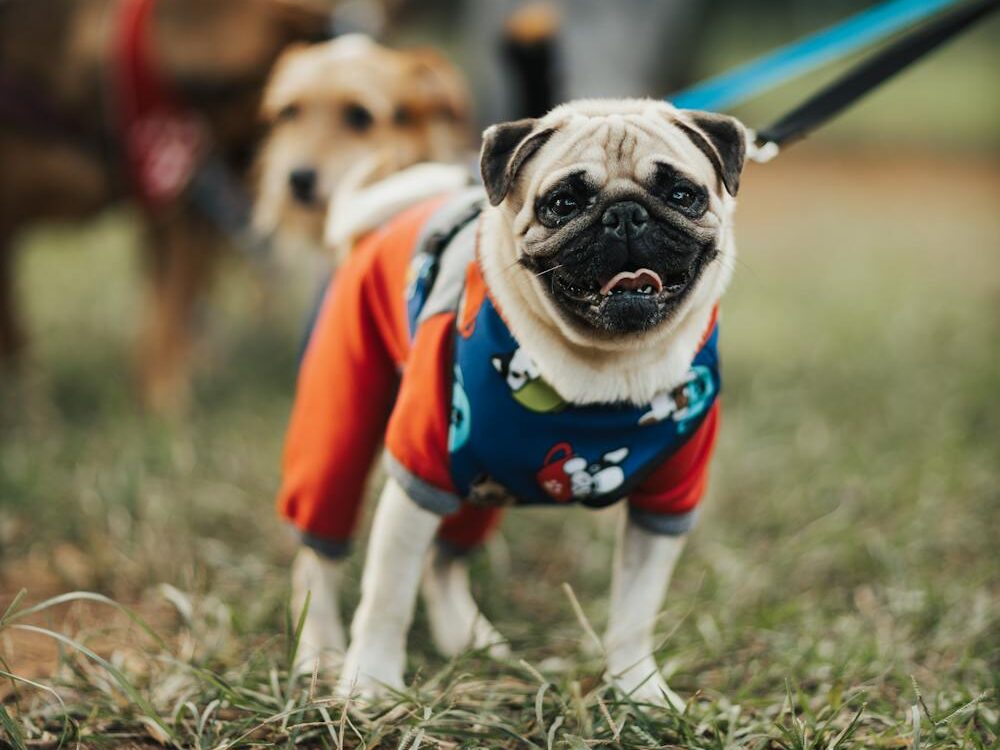
Pugs and Exercise: More Than Just Couch Potatoes
Contrary to their reputation as lazy lapdogs, Pugs need regular exercise to stay healthy and happy. But what does a Pug workout look like?
- Daily Walks: Two 15-20 minute walks are ideal. Avoid the heat of the day; those flat faces make them prone to overheating.
- Pug Playtime: Short bursts of fetch, tug-of-war, or chasing toys indoors. Think quality over quantity.
- Pug Zoomies: Those famous bursts of energy where they race around like furry rockets. It’s hilarious and great exercise!
“Every evening, Bella gets the ‘Pug crazies.’ She zooms around the backyard, then collapses on my lap, snoring within minutes.” – Lila, Pug enthusiast
Pugs in Nature: A Gentle Explorer
While they’re not built for mountain climbing, Pugs enjoy gentle outdoor adventures:
- Park Strolls: They love sniffing every bush and greeting every human.
- Beach Days: Many Pugs enjoy wading (not swimming) in shallow water.
- Hiking: Yes, really! Choose short, shaded trails. Your Pug will surprise you with their determination.
Pug Health Chronicles: From Puppyhood to Golden Years
Pug Puppies: A Delicate Beginning
Pug puppies are born tiny, often weighing just a few ounces. Their first weeks are critical:
- Feeding: They need their mother’s milk or a vet-approved formula. No cow’s milk!
- Temperature: Keep them warm. Pug pups can’t regulate their body temperature well.
- Vet Checks: Early and often. Pugs can have congenital issues that are best caught early.
The Teenage Pug: Energetic and Mischievous
Between 6 months to 2 years, your Pug hits adolescence:
- Growth Spurts: They’ll reach their full-grown Pug size, usually by 12-18 months.
- Training Challenges: They might test boundaries. Stay patient and consistent.
- Socialization: Expose them to various people, animals, and situations. A well-socialized Pug is a joy to everyone.
The Senior Pug: Dignified and Devoted
As your Pug enters their golden years (around 8-10):
- Slowing Down: They’ll nap more. That’s okay! Adjust exercise accordingly.
- Health Watch: Regular check-ups are crucial. Watch for signs of arthritis, dental issues, or cognitive changes.
- Extra TLC: They’ve given you a lifetime of love. Return it with gentle grooming, cozy beds, and lots of cuddles.
The Global Pug Family: Clubs and Communities
Poodle and Schnauzer Mix Enthusiasts Unite
The Poodle and Schnauzer mix community is vibrant and global. From the Schnauzer Doodle lovers to the Pug aficionados, online forums and local clubs abound:
- Pug Dog Club of America: Promoting responsible breeding and Pug welfare since 1931.
- International Pug Events: From Pug races (more waddling than racing) to Pug Halloween costume contests.
- Online Pug Forums: Share tips, photos, and those hilarious “what my Pug destroyed today” stories.
“Our local Pug meetup is the highlight of Gizmo’s month. Thirty Pugs in the park—it’s a snort symphony!” – Aisha, community organizer
Pug-tastic Photo Ops: Capturing Your Pug’s Personality
The Art of Pug Photography
Every Pug owner knows their pet is the cutest. But capturing that cuteness? It’s an art form.
- Action Shots: Try to snap a pic during their zoomies. You’ll get a hilarious blur!
- Nap Time: There’s nothing more adorable than a Pug curled up in a donut shape, snoring away.
- The Head Tilt: Say a funny word, and capture that quizzical Pug expression. Internet gold!
“I tried taking artistic Schnoodle images of my neighbor’s dog. But my Pug, Otis, photobombed every shot with his goofy grin. Now my Instagram is just Otis outtakes!” – Lena, amateur photographer
The Poodle Shed-ectomy: A Humorous Look at Hair Control
Fur Real: Managing the Minimal Molt
While Poodles don’t shed like some breeds, those few hairs can seem omnipresent. Here’s a tongue-in-cheek guide to “Poodle-proofing”:
- The Lint Roller Life: Keep one in every room, your car, and maybe even your pocket. You’ll use it less than with a Labrador, but you’ll still use it!
- Vacuum Adventures: Your robot vacuum will have the easiest job on the block. It might even get bored and start chasing your Poodle for fun.
- The Great Couch Cover Debate: Do you need them with a Poodle? Probably not. But they do protect against those “oops” moments when your Poodle decides to roll right after a muddy walk.
“I used to have a Husky. Switching to a Poodle was like going from cleaning up after a snowstorm to dealing with the occasional dandelion fluff,” jokes Robert, a convert to the Poodle life.
Poodle Power: Why Their Coat Makes Them Super
The Canine Superheroes Among Us
Poodles aren’t just pets; they’re practically superheroes, and their coat is their cape:
- Allergy-Friendly: While no dog is 100% hypoallergenic, Poodles come close. Their minimal shedding means fewer allergens in the air.
- Water Warriors: Originally bred as water retrievers, their tight curls repel water. Post-swim, they don’t have that wet-dog smell!
- Fashion Forward: From the classic “Continental Clip” to the sporty “Lamb Clip,” Poodles can rock styles other dogs only dream of.
“When Coco, my Standard Poodle, comes back from the groomer, it’s like she’s walked off a Paris runway,” gushes Francine, a fashion designer. “And the best part? No hair on my latest designs!”
The Global Poodle: Shedding Light on International Trends
Poodles Across Borders: A Hairy Situation?
The Poodle’s popularity spans continents, but how do different cultures view their unique coats?
- France: The country that gave us the “Caniche” (French for Poodle) embraces their minimal shedding. In chic Parisian apartments, Poodles are the epitome of stylish, low-maintenance living.
- Japan: In space-conscious Japan, the Toy Poodle reigns supreme. Their small size and minimal shedding make them perfect for city life.
- Australia: With its warm climate, Aussies love that Poodles don’t shed thick undercoats that can lead to overheating.
“In Tokyo, my Toy Poodle, Hana, is a celebrity,” says Yuki. “Everyone loves that she’s small enough for our tiny flat and doesn’t leave hair on our tatami mats.”
The Future of Poodle Coats: Science and Speculation
Genetic Insights: The Code Behind the Curls
Researchers are diving into the Poodle genome to understand their unique coat:
- The Keratin Connection: Studies suggest Poodles have a unique keratin structure, the protein that forms hair. This might contribute to their low-shedding nature.
- Genetic Testing: In the future, breeders might use genetic tests to selectively breed for even lower-shedding Poodles.
Climate Change and Canine Coats
As global temperatures rise, could Poodles become even more popular?
- Heat Tolerance: Their single, low-shedding coat makes Poodles better equipped for warmer climates than heavy-shedding breeds.
- Water Conservation: In drought-prone areas, Poodles’ low-shedding coats mean less frequent bathing, saving water.
Dr. Thompson ponders, “In a warming world, we might see a shift towards breeds like Poodles. Their adaptability, both in coat and temperament, makes them resilient pets.”
Conclusion: Embracing the Poodle Paradox
So, do Poodles shed? Yes, but in a way that challenges our traditional understanding of canine shedding. Their unique, hair-like coat sheds minimally and continuously, without the dramatic seasonal molts of many other breeds. This isn’t just a quirk; it’s a significant factor in their worldwide popularity.
From the bustling streets of Tokyo to the sun-soaked beaches of Australia, Poodles are cherished for their intelligence, adaptability, and yes, their low-shedding coats. They’re proof that sometimes, less shedding equals more love.
As we look to the future, with advancements in genetics and a changing climate, the Poodle’s star may rise even higher. Their resilient, low-maintenance coats make them well-suited for a variety of living situations and climates.
In the end, whether you’re drawn to the regal Standard Poodle, the portable Toy Poodle, or the just-right Miniature Poodle, you’re getting a companion that sheds light on what really matters in a pet: heart, brains, and a whole lot of personality. And if you happen to find a stray Poodle hair now and then? Consider it a small token of the immense love and joy these curly-coated canines bring into our lives.
“Every now and then, I find one of Coco’s curls on my pillow,” Francine concludes with a smile. “I keep it as a little reminder of how much she’s changed my life—way more than she’s changed my lint roller budget!”
FREQUENTLY ASKED QUESTIONS (FAQS)
Are Pugs Hypoallergenic?
No, pugs aren’t hypoallergenic. These lovable furballs shed quite a bit, spreading dander and saliva allergens. If you’ve got allergies, a pug might not be your best buddy. However, don’t lose hope! Regular grooming can help reduce allergens. Plus, some folks with mild allergies find they can manage with pugs.
Are Pugs Smart?
You bet! Pugs are clever little cookies. They’re not just adorable; they’ve got brains to match. These pups rank 108th out of 138 in Stanley Coren’s “The Intelligence of Dogs.” But don’t let that fool you. Pugs excel in emotional intelligence, reading your moods like a book. They’re also masters of manipulation – those puppy eyes aren’t just for show!
Are Pugs Good Dogs?
Absolutely! Pugs are fantastic companions. They’re like little clowns, always ready to make you laugh. These dogs are affectionate, gentle, and great for cuddling. They don’t need tons of exercise, making them perfect for apartment living. Plus, their adaptable nature means they get along with pretty much everyone.
Are Pugs Good With Kids?
Yes, pugs are generally great with kids. They’re patient, playful, and sturdy enough to handle a bit of rough-and-tumble. But remember, always supervise playtime. Pugs’ bulging eyes can get injured if play gets too rowdy. Teach your kiddos gentle handling, and you’ll have a match made in heaven.
Are Pugs Easy To Train?
Well, it depends. Pugs are smart but can be a bit stubborn. They’re food-motivated, so treats are your secret weapon. Keep training sessions short and fun – pugs get bored easily. Positive reinforcement works wonders. With patience and consistency, your pug will be showing off tricks in no time!
Are Pugs Aggressive?
No way! Pugs are about as aggressive as a teddy bear. They’re known for their friendly, sociable nature. However, like any dog, a badly socialized or mistreated pug might show fear or aggression. But with proper care and love, aggression is the last thing you’ll see from these gentle souls.
Are Puggles Hypoallergenic?
Nope, puggles (pug-beagle mix) aren’t hypoallergenic either. They inherit shedding tendencies from both parents. But here’s the silver lining: regular brushing and a healthy diet can minimize shedding. Plus, their short coats make grooming a breeze.
Are Pugs Lazy?
Let’s say they’re… energy-efficient! Pugs love their snoozes and are happy to be lap dogs. But they do have bursts of playfulness. A pug might snore through the afternoon, then suddenly zoom around like a furry rocket. They balance activity with ample rest – something we could all learn from!
Can I Get Pug?
Sure, if you’re ready for a bundle of wrinkles and joy! But first, consider your lifestyle. Pugs need moderate exercise, lots of love, and a cool environment (they overheat easily). They’re also prone to health issues, so budget for vet visits. If you can provide this, a pug will fill your days with laughter.
Can Pugs Swim?
Not really. Pugs are more sinkers than swimmers. Their short snouts and compact bodies make it tough. Plus, they can tire quickly. If your pug takes a dip, always supervise. Better yet, get them a cute little life jacket. Safety first, but water fun isn’t off-limits!
Can Pugs Be Left Alone?
In short bursts, yes. Pugs are people-pleasers and can get lonely. Four to six hours is about their limit. Any longer, and you might return to chewed shoes or sad howls. If you’re out often, consider a pet sitter or doggy daycare. Your pug will thank you with extra cuddles!
Can Pugs Eat Bananas?
Yes, in moderation! Bananas are a tasty, healthy treat for pugs. They’re packed with potassium, vitamins, and fiber. But they’re also high in sugar, so don’t go banana-crazy. A few slices a week is plenty. It’s like ice cream for us – delicious, but not for every meal!
Can Pugs Give Birth Naturally?
It’s tricky. Many pugs need C-sections due to their broad heads and narrow hips. Natural birth can be risky for mom and pups. That’s why responsible breeders often opt for planned C-sections. It’s one of the breed’s health challenges, stemming from their unique body shape.
Can Pugs Eat Apples?
Absolutely! Apples are a crunchy, vitamin-rich snack for pugs. Just remove the seeds and stem – they contain small amounts of cyanide. Slice up some apple wedges as a refreshing treat. It’s like giving your pug a mini fruit salad. Just remember, treats should only make up 10% of their diet.
Can Pugs Breathe?
This is a touchy subject. Pugs are brachycephalic (short-snouted), which can cause breathing difficulties. Their flat faces look cute but can lead to issues like snoring, wheezing, or even respiratory distress. It’s crucial to keep them cool, maintain a healthy weight, and avoid overexertion.
Can Pugs Eyes Pop Out?
Unfortunately, yes. It’s a condition called proptosis, more common in flat-faced breeds like pugs. Their bulging eyes are prone to injury or even popping out of the socket. It’s scary and requires immediate vet care. So, always handle your pug gently and keep them away from rough play.
Can Pugs Fly On Planes?
Yes, but it needs careful planning. Airlines have varying pet policies. Some allow small dogs like pugs in-cabin. Others require cargo transport, which can be stressful for brachycephalic breeds. Always consult your vet and the airline. Your pug’s safety comes first, so consider alternatives like pet-friendly road trips.
Can Pugs Eat Oranges?
In tiny amounts, yes. Oranges are safe and offer vitamin C. But they’re also acidic and sugary, which isn’t great for pugs. Too much can upset their tummy or contribute to weight gain. Think of oranges as an occasional treat, not a staple. A segment or two will do.
Can Pugs Eat Strawberries?
Definitely! Strawberries are a pug-approved snack. They’re low in calories, high in fiber, and packed with vitamins. Plus, the texture is fun for pugs. Just wash them well and remove the stems. It’s like giving your pug a mini berry feast. But remember, moderation is key.
How Do Pugs Look Like?
Picture a compact, muscular body with a big, round head. Add a smooshed-in face, big eyes that seem to bulge, and a curly tail that often looks like a cinnamon roll. Fawn and black are common colors. Their wrinkly skin gives them an adorably grumpy expression. They’re like walking, snorting teddy bears!
How Do Pugs See?
Those big eyes aren’t just for looks! Pugs have good vision, but their protruding eyes can limit peripheral vision. They’re also prone to eye issues like corneal ulcers. So, while they see well straight ahead, they might miss things coming from the side. Always approach your pug where they can see you.
How Do Pugs Breathe?
It’s complicated. Their short snouts can make breathing a challenge. They might snort, snore, or wheeze. It’s because their flat faces squish their airways. High heat, obesity, and excitement can worsen this. It’s crucial to keep them cool, fit, and calm. Think of it like breathing through a straw – it takes effort.
How Do Pugs Sit?
Ever seen a furry loaf of bread? That’s a pug sitting! They often plop down with legs tucked under, looking like a compact little bundle. Some even sit on their bums, back legs splayed out. It’s called the “frog sit.” It looks hilarious and is totally normal for these quirky pups.
How Do Pugs Die?
It’s a sad topic, but understanding can help. Pugs often face health issues due to their unique build. Common causes include respiratory problems, spinal issues, or complications from obesity. With good care, pugs can live 12-15 years. Regular vet checks and a healthy lifestyle can help your pug live their best life.
How Do Pugs Sleep?
Like little contortionists! Pugs love to curl up in cozy spots. They might sleep on their backs, paws in the air. Or they’ll sprawl out, taking up way more space than you’d think. Many pugs snore – it’s like a lullaby for pug parents. Just make sure their sleeping area is comfy and not too warm.
How Do Pugs Give Birth?
As mentioned, it’s often via C-section. Their puppies’ heads are large compared to the birth canal. Natural birth can be risky. Responsible breeders work closely with vets to ensure safe deliveries. It’s one reason why breeding pugs is a big responsibility. The health of mom and pups always comes first.
How Pugs Were Made
It’s a tale as old as the Tang Dynasty in China! Pugs were bred as companions for Chinese royalty. They were prized for their wrinkly faces, thought to resemble Chinese characters. Later, Dutch traders brought them to Europe. Over time, selective breeding enhanced their distinct features – the flat face, bulging eyes, and curly tail.
How Pugs Were Bred
Breeders aimed for specific traits: the flat face, big eyes, and compact body. They bred dogs with these features, intensifying them over generations. It’s a practice that’s now controversial. While it created the pugs we know, it also led to health issues. Today, there’s a push for “retro pugs” with longer snouts and healthier builds.
How Pugs Came To Be
It’s a global journey! Starting in China around 400 BC, pugs were lap dogs for emperors. They even had soldiers guarding them! From China, they traveled to Europe with traders. In the 1500s, they became favorites of European royalty. By the 19th century, they’d charmed their way into homes worldwide. It’s a rags-to-riches (or rather, palace-to-palace) story!
How Pugs Act
In a word: clownish! Pugs are the comedians of the dog world. They’re playful, expressive, and a bit mischievous. One minute they’re zooming around, the next they’re snoring on your lap. They love attention and will do silly things to get it. But they’re also intuitive, picking up on your moods. A pug is like having a furry, snorting jester who’s also your best friend.
Should I Get Pug?
That’s a big question! Pugs are wonderful if you want a loving, low-energy companion. They’re great for apartments and love cuddles. But they also come with responsibilities. You’ll need to manage their health issues, keep them cool, and be okay with some drool and shedding. If you’re ready for the commitment, a pug will bring endless joy.
Should I Feed Pug?
Yes, but wisely! Pugs love food – maybe too much. They’re prone to obesity, which worsens their health issues. Feed them high-quality dog food, portioned for their size and activity level. Treats are fine in moderation. Think of it like feeding a foodie friend with a slow metabolism. You want them happy and healthy, not just full.
Should Pugs Be Bred?
This is controversial. Many argue that breeding practices have led to health problems in pugs. There’s a push for “healthier” breeding, focusing on longer snouts and less exaggerated features. Some say breeding should stop entirely. Others believe responsible breeding can improve the breed. It’s a complex issue involving ethics, health, and the future of pugs.
Should Pugs Exist?
Another tough question. Pugs bring joy to many, but their health issues raise ethical concerns. Critics say we’ve bred them into suffering. Fans argue that with responsible care, pugs can live happy lives. The debate often centers on whether our desire for cute features justifies potential suffering. It’s a discussion about the ethics of dog breeding in general.
Should Pugs Wear Collars?
Yes, but choose carefully. Pugs’ necks are short and thick, so traditional collars can press on their windpipe. Opt for a harness instead. It distributes pressure evenly and won’t strain their breathing. When you do use a collar, make it a breakaway type for safety. Think of it like choosing comfy, safe clothes for your pug.
Should Pugs Go Extinct?
That’s a harsh view some hold due to pugs’ health issues. They argue it’s kinder to let the breed fade out naturally. But many disagree, saying we should instead focus on breeding healthier pugs. It’s not about extinction, but evolution. The goal would be pugs with fewer breathing problems and a better quality of life.
Should Pugs Be Banned?
Some places have considered it, mainly due to concerns about unethical breeding. The argument is that bans protect pugs from being bred for extreme features that cause health issues. However, others say bans don’t solve the problem. They argue for stricter breeding regulations instead. It’s a debate about how to ensure animal welfare without punishing the dogs or responsible owners.
Should Pug Be Capitalized?
Good question! “Pug” is a common noun, like “dog” or “cat,” so it doesn’t need capitalization. But if you’re talking about the band “The Pugs” or a pug named “King Pugsley,” then you’d capitalize. It’s just like how we write “I love my dog” but “I love my Labrador, Max.”
Should Pugs Wear Coats?
In chilly weather, definitely! Pugs don’t have thick fur, so they feel the cold. A cozy coat can make winter walks more enjoyable. But in warm weather, skip it. Pugs overheat easily. Think of their wardrobe like yours: coats for winter, nothing on a hot summer day. And always make sure any clothes don’t restrict movement or breathing.
Should Pugs And Bulldogs Be Banned?
This debate lumps together brachycephalic (flat-faced) breeds. Both pugs and bulldogs can have breathing issues. Some argue a ban would prevent suffering. Others say it punishes dogs and responsible owners. The focus should be on breeding for health, not looks. It’s a call for a shift in breed standards, not a blanket ban.
Should Pugs Sleep In Your Bed?
That’s a personal choice. Pugs love being close to their humans, and bed-sharing can strengthen your bond. But it’s not for everyone. Pugs can snore, hog the covers, or disrupt sleep. Also, jumping on and off high beds can strain their backs. If you do share, maybe use pet stairs. And if not, a cozy bed nearby works too. Your pug just wants to be close!
What Pugs Used To Look Like
Believe it or not, pugs weren’t always so squish-faced! Old paintings show pugs with longer snouts, less bulgy eyes, and straighter legs. They looked more like small Mastiffs. Over time, breeders exaggerated their features. It’s like how fashion changes – what was “in” for pugs in the 1800s is different from today’s standard.
What Pugs Eat
A balanced diet is key! Pugs need high-quality dog food, rich in protein and nutrients. Kibble designed for small breeds works well. They love treats like lean meats, veggies, and fruits (remember those strawberries?). But watch the portions – pugs gain weight easily. Their diet should be like a well-planned meal, not an all-you-can-eat buffet!
What Pugs Originally Looked Like
Picture a small, Mastiff-like dog. That’s the ancient pug! They had longer snouts, straighter legs, and less wrinkly skin. Their eyes didn’t bulge as much. These early pugs were still stocky and curly-tailed, but more athletic. It’s like comparing modern bulldogs to their more rugged ancestors. Over centuries, breeding for “cuter” features changed their look.
What Pug Means
The name’s a bit of a mystery! One theory is it comes from the Latin “pugnus,” meaning fist – because a pug’s face looks a bit like a clenched fist. Others say it’s from “pug-nosed,” an old term for short-nosed. Some link it to a mischievous monkey also called a pug. Whatever the origin, today it means that adorable, snorty breed we love.
What Pugs Look Like
Imagine a living stuffed animal! Pugs have squished-in faces with big, round eyes that seem to pop. Their ears are like soft, velvety flaps. A wrinkly forehead gives them a perpetually worried look. They’ve got sturdy, barrel-chested bodies and curly tails that often sit high on their backs. Fawn or black coats are common, with a black “mask” on fawn pugs. They’re like walking, snorting bundles of charm!
What Pugs Can’t Eat
It’s a no-no list for your pug’s safety. Skip chocolate, grapes, raisins, onions, and garlic – they’re toxic. Avoid fatty foods like bacon; they can cause pancreatitis. Xylitol, a sweetener in gum and some peanut butter, is a big danger. Think of it like childproofing your kitchen. Your pug’s curiosity and love for food mean you’ve got to be the responsible one.
When Pugs Attack
Whoa, hold up! “Pugs attacking” sounds like a B-movie title. In reality, aggression is super rare in pugs. They’re lovers, not fighters. But any dog, if scared, hurt, or poorly socialized, might lash out. It’s usually a sign something’s very wrong. If your usually sweet pug gets snappy, it’s vet time. They might be in pain or distressed. It’s like when you’re cranky with a toothache – you need help, not blame.
When Pug Stop Growing
Pugs are like those friends who peak early in high school – they grow fast, then plateau. Most pugs reach full height (around 10-13 inches) by 9 months. But they fill out until about 18 months. After that, any more “growth” is probably just extra treats! Keep an eye on their weight; obesity can shorten their lifespan.
Where Are Pugs From
Pugs are Chinese royalty – literally! They originated in China, possibly as far back as 400 BC during the Tang Dynasty. Chinese emperors loved these little dogs, valuing them as palace pets. Some even had guard details! From China, Dutch traders brought pugs to Europe in the 16th century. So, your pug’s ancestors might’ve lounged in imperial palaces. Talk about a noble lineage!
Where Are Pugs Native To
China is pug central! Specifically, they’re thought to have originated in the region around Beijing. This area was home to several imperial dynasties. Pugs were bred as lapdogs for the elite. Their wrinkly faces were said to resemble Chinese characters for good fortune. So, when you look at your pug, you’re seeing a piece of ancient Chinese culture. Pretty cool for a couch potato, right?
Where Are Pug Dogs From
It’s China again! Pugs are one of the oldest dog breeds, with roots in ancient China. They were companions to emperors and nobles. Legend has it, they even had special status in the imperial court. Over time, traders and travelers spread pugs worldwide. They went from being China’s best-kept secret to a global favorite. Your pug’s got a passport full of history!
Where Are Pugs Banned
This is a sensitive topic. Some places have considered banning or restricting pugs due to health concerns. In 2022, a court in Norway effectively banned breeding British Bulldogs and Cavalier King Charles Spaniels. While pugs weren’t named, it sparked debates. The Netherlands has guidelines to breed healthier pugs. It’s not about banning the dogs, but about changing breeding practices for their well-being.
Where Are Pugs Most Popular
Pugs have fans worldwide, but some places are pug-crazy! In the U.S., they’re a top choice in cities like New York and Los Angeles. The UK loves them too – they’re one of the most popular breeds there. In China, their homeland, pugs are still cherished. And in the Netherlands, despite breeding concerns, they’re adored. It seems wherever people want a big personality in a small, lovable package, pugs rule!
Where Are Pugs Originated
We’re heading back to China! Pugs originated there, possibly in the area around Beijing. They were bred as companions for Chinese royalty. Their history goes back to the Tang Dynasty (618-907 AD), maybe even earlier. These early pugs looked a bit different – longer noses, less wrinkly. But the royal connection? That’s ancient history. Your pug is basically canine aristocracy!
What Nationality Are Pugs
Pugs are as Chinese as kung fu and fortune cookies! Their nationality is 100% Chinese. They’re one of several breeds, like Shih Tzus and Pekingese, originating in China. But like many of us, pugs have a mixed heritage. After China, they were shaped by influences in Europe and beyond. So, while they’re Chinese by birth, they’re citizens of the world by reputation!
Where Pugs Come From
It’s a tale of ancient China and global travel. Pugs started in China, possibly near Beijing, as far back as 400 BC. They were the lapdogs of Chinese emperors. Later, Dutch traders brought them to Europe in the 1500s. From there, they won hearts across the globe. So, your pug’s family tree has roots in Chinese palaces and branches reaching worldwide. They’re international pups of mystery!
Which Pugs Shed The Least
All pugs shed, but some less than others. Fawn pugs often shed more than black pugs. But it’s not a huge difference. The real key is grooming. Regular brushing can drastically reduce shedding. A healthy diet helps too. It’s like how good hair care means fewer hairs in your brush. With pugs, good care means fewer hairs on your couch!
Which Pug Is The Best
That’s like asking which ice cream flavor is best – it’s personal! Some love the classic fawn pug. Others adore the sleek black pugs. There are even rare colors like silver or apricot. But the “best” pug? It’s the one that steals your heart. Maybe it’s the rescue pug who overcame odds. Or the one who snores on your lap. The best pug is your pug.
Which Pug Are You Quiz
Oh, these are fun! Online quizzes might ask about your personality, energy level, or even your favorite snacks. Answer honestly, and voila! You’re a “Playful Pablo” or a “Snoozy Susie” pug. It’s all in good fun. These quizzes are like horoscopes – entertaining, not scientific. But who doesn’t want to know if they’re a “Wrinkly Wanda” or a “Curly-tail Carl”?
Best Pug Colors
Beauty is in the eye of the beholder! Fawn pugs, with their black masks, are classic. Black pugs have a sleek, glossy look. Some rare colors like silver or brindle can be stunning. But the “best” color? It’s subjective. A pug’s charm is in their personality, not their coat. Whether fawn, black, or polka-dotted (kidding!), a loving pug is a beautiful pug.
Why Pugs Are Bad
Whoa, “bad” is a strong word! Pugs aren’t bad; they just have challenges. Their flat faces can mean breathing problems. They’re prone to eye issues and spinal disorders. Some say breeding for looks over health is the real “bad” here. But remember, these aren’t the pug’s fault. With responsible breeding and care, these issues can be managed. Pugs aren’t bad; they just need extra TLC.
Why Pugs Are The Worst
Hold up! “Worst” is unfair. Critics point to health issues like breathing problems, eye troubles, and spinal concerns. They argue these come from breeding for extreme features. There’s also the drooling, shedding, and potential for high vet bills. But calling pugs the “worst” blames the victim. These issues stem from human choices in breeding. Pugs themselves are loving, goofy, joy-bringers.
Why Pugs Are The Best
Now we’re talking! Pugs are love bugs. They’re affectionate, adaptable, and absolute clowns. They don’t need tons of exercise, making them great apartment pets. Their expressive faces can turn any frown upside down. And that pug personality? It’s pure gold. They’re intuitive, picking up on your moods. Plus, their small size means they’re portable pals. Pugs aren’t just good; they’re little bundles of best!
Why Pugs Should Not Exist
This harsh view stems from concerns over pugs’ health. Critics argue that breeding for flat faces and bulging eyes causes suffering. They say it’s unethical to breed dogs predisposed to breathing issues, eye problems, and spinal disorders. It’s a call to prioritize health over “cute” looks. But many argue the solution isn’t to wish away pugs, but to breed healthier ones. It’s about changing practices, not erasing a beloved breed.
Why Pugs Are Ugly
Beauty is subjective, but calling pugs “ugly” is harsh! Some people find their squished faces and bulging eyes unappealing. They might think the wrinkles and underbite look odd. But to pug lovers, these are part of their unique charm. Those “ugly” features make pugs expressive and endearing. It’s like modern art – what one person sees as a mess, another sees as a masterpiece. In the pug world, ugly is the new adorable!
Why Pugs Were Bred
It’s a royal tale! Pugs were bred in ancient China as companions for emperors. Their wrinkly faces were thought to resemble Chinese characters for good luck. Later, in Europe, they were bred as fashionable lapdogs for nobility. Over time, breeders emphasized features like flat faces and curly tails. It was all about creating a distinctive, cute companion. Sadly, this focus on looks sometimes overshadowed health concerns.
Why Pugs Are Cute
Where do we start? Those big, round eyes seem to stare into your soul. Their wrinkly foreheads create expressions that mirror human emotions. That curly tail? It’s like a built-in mood ring. Pugs have what’s called “baby schema” – features like large eyes and round heads that we’re wired to find adorable. Add in their clownish behavior and loving nature, and you’ve got a recipe for irresistible cuteness. Pugs aren’t just cute; they’re cuteness overload!
And there you have it! A comprehensive, engaging FAQ about pugs. From their royal Chinese origins to their modern-day challenges and charms, pugs are a breed with a rich history and a lot of love to give. Whether you’re a pug parent, a prospective owner, or just a fan of these wrinkly wonders, I hope this FAQ has been informative and enjoyable. Remember, every pug is unique, and the best way to understand them is to spend time with these lovable, snorty souls!

